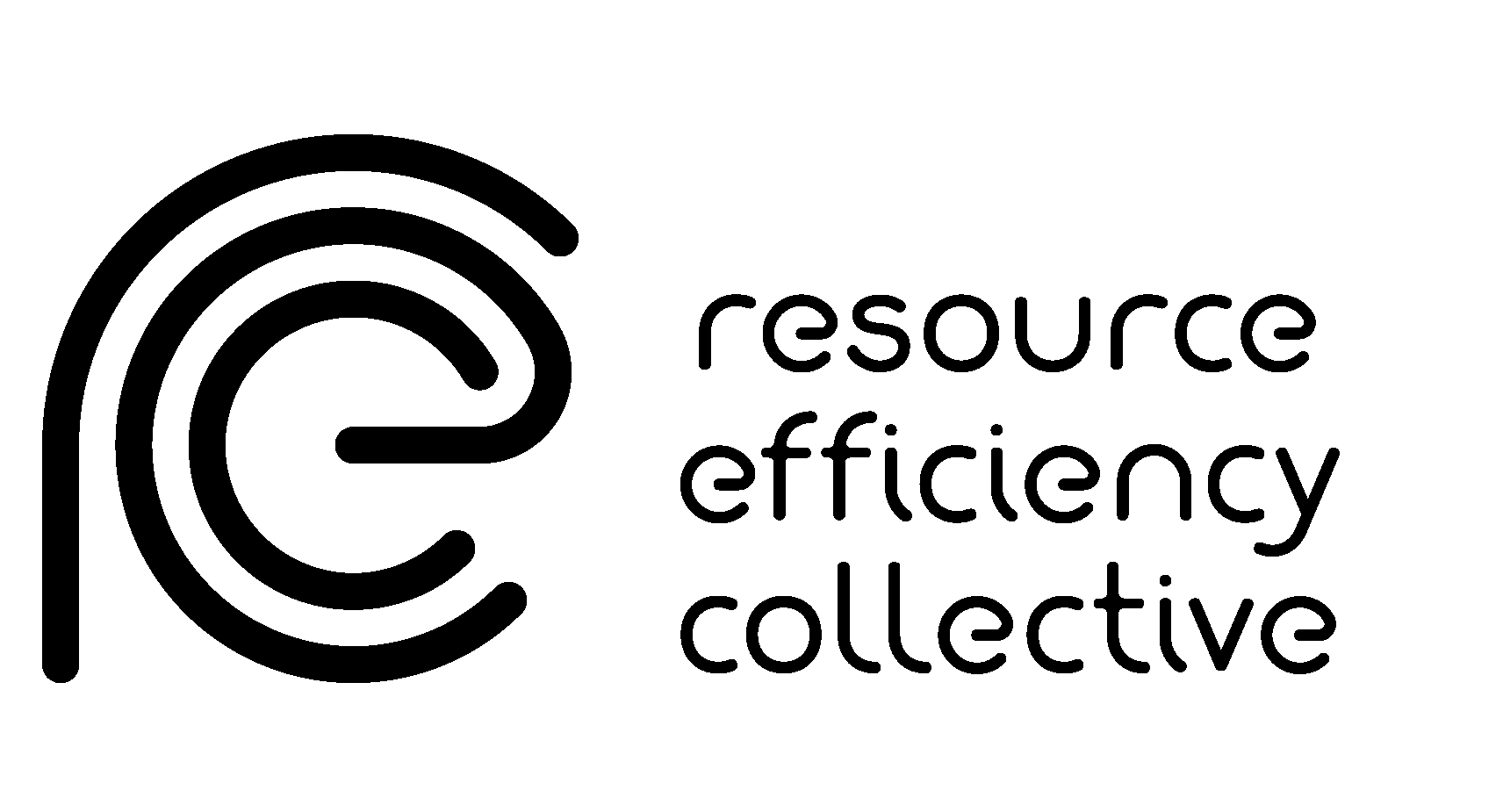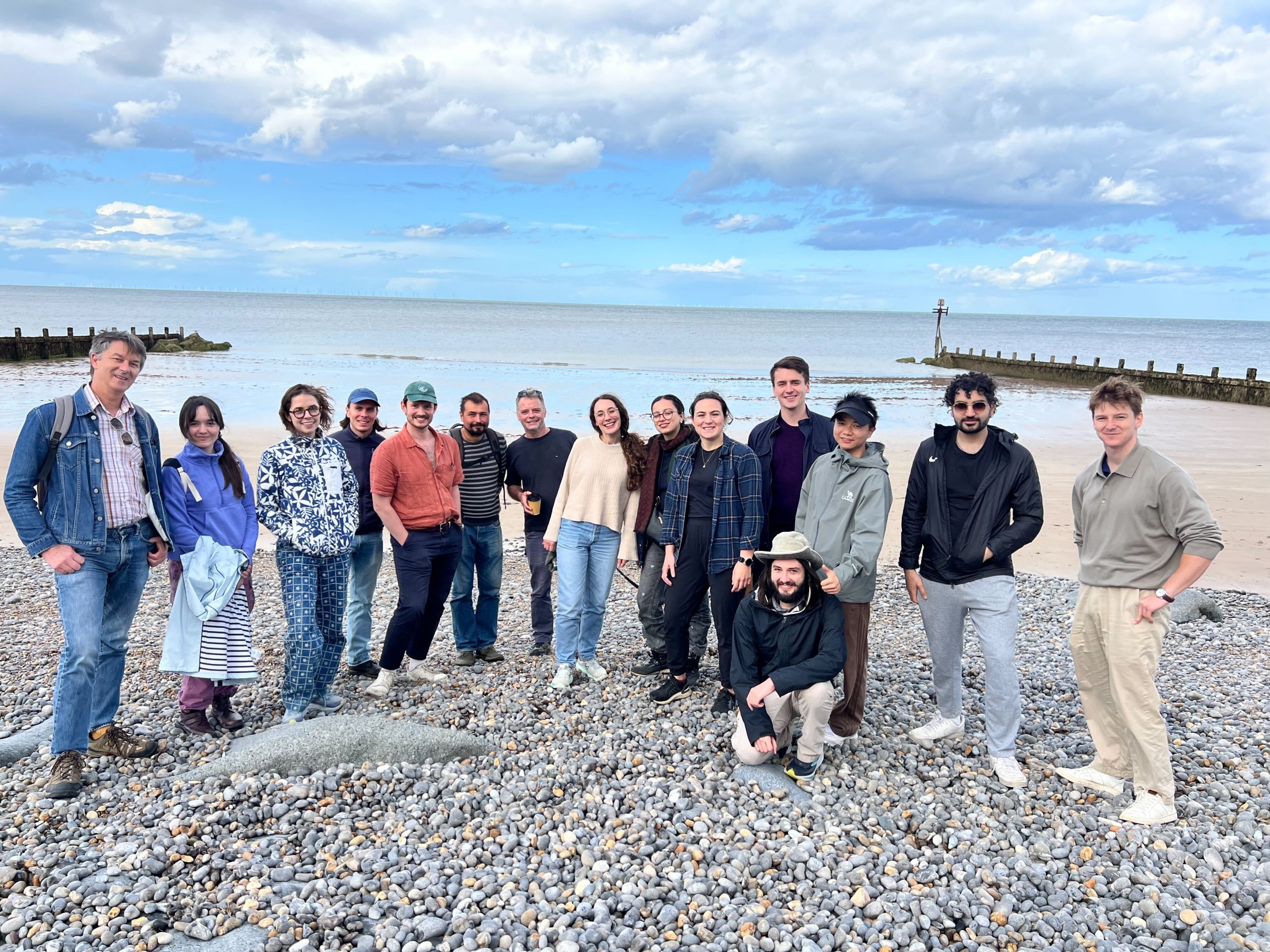Demand Reduction: The Missing Mitigation Strategy
“We find efficient end-use technologies contribute large potential emission reductions and provide higher social returns on investment than energy-supply technologies. Yet public institutions, policies and financial resources pervasively privilege energy-supply technologies.”– Marginalization of end-use technologies in energy innovation for climate protection (C. Wilson, A. Grubler, K.S. Gallagher & G.F. Nemet)
At Cambridge Zero’s recent Research Symposia, Refficiency’s Jonathan spoke about demand reduction, a strategy that is often neglected when dealing with climate change mitigation.
When we look at the outputs of innovation, we get a lot more mitigation, effect and social benefit from demand side reduction when compared to supply side options. By halving the amount of electricity we need, we require far fewer solar panels, nuclear power plants and wind turbines which make it easier, more financially viable and less environmentally impactful to decarbonise that electricity.
When looking model pathways to the 1.5 degrees target proposed by the IPCC, reducing demand would allow us to use a pathway in which social, business, and technological innovations result in lower energy demand up to 2050. While living standards rise, the downsized energy system enables rapid decarbonisation of energy supply. Another advantage is the fact difficult, expensive, and risky technologies are not relied upon to do so.
Normally when thinking in a supply side conventional wisdom, we have to look at pathways that rely heavily on taking back carbon dioxide from the environment. Having to remove far more CO2 than we produce in the second half of the century to mitigate the emission produced in the first- using these carbon dioxide removal (CDR) technologies. However, most of our money in innovation is going into supply side options currently, with around 90% of America’s research and development (R&D) money going into nuclear energy over the last 50-60 years. Supply side options struggle to keep up with increasing demand for energy and materials and consequently we can’t decarbonise fast enough.
The key advantage of demand side reduction is that it happens instantly to both materials and energy. Where planting a tree won’t influence CO2 reduction for decades, cycling to work has an immediate reduction. This is relevant more than ever when fossil fuel alternatives aren’t being built quickly enough, and climate change mitigation is urgent.
Watch the whole talk from Jonathan on Cambridge Zero’s YouTube channel below
Photo credit: Anne Nygård













